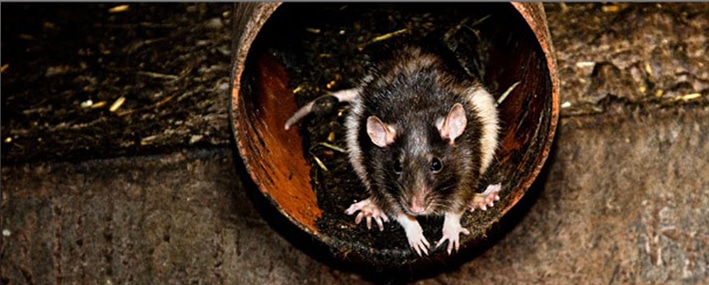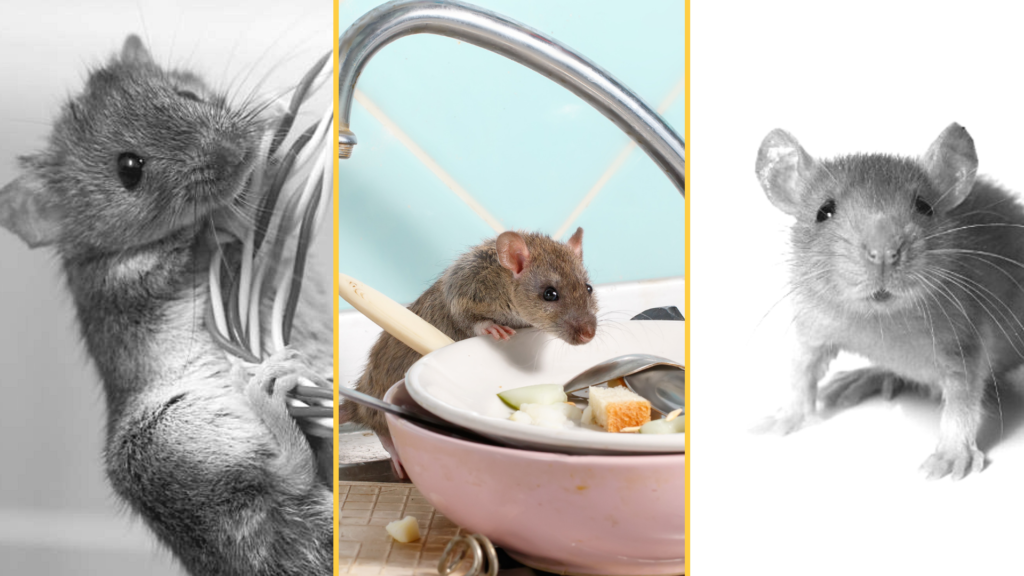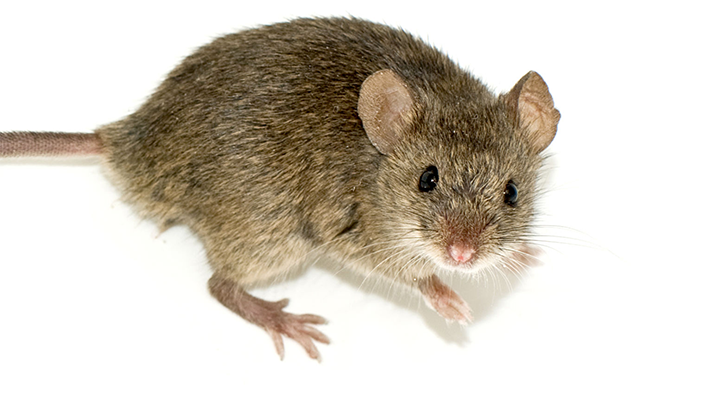Choosing the Right Replacement Windows for Your Home
Contrary to what some ads say, saving money on your energy bills is not the reason to replace your windows. That’s because it could take decades to recoup the $8,000 to $24,000 you’ll spend on new windows and installation. Energy Star-qualified windows can lower your energy bills by 7 to 15 percent. That’s only about $27 to $111 per year for a 2,000-square-foot, single-story home with storm or double-pane windows, or $126 to $465 if that home has just single-pane windows. So why bother?
New windows can make your home quieter, more attractive, and less drafty, and they don’t need painting. They’re also easier to clean than old windows with combination storm and screens and can reduce your carbon footprint.
Price doesn’t indicate performance
Among double-hung clad wood windows, a pricey and bottom-rated window from Andersen, $500, wasn’t good at keeping out cold air and was so-so at keeping out rain. A $450 Kolbe vinyl double-hung was impressive, but a top-rated $260 Simonton was even better. All of the casement windows aced all tests. Prices varied by frame material; the top-scoring American Craftsman vinyl window, $260, is the least expensive casement. All prices are for a 3×5-foot window.
Match windows to climate
Look at the overall scores in our window Ratings, then zero in on test results that apply to where you live. If your home is exposed to high winds and cold temperatures, look for windows that were excellent at low-temperature wind resistance.
Don’t overspend on options
Upgrades can easily add 50 percent or more to the base cost of a window. Focus on features that add value. Low-E coatings improve efficiency, but triple glazing probably isn’t necessary unless you live in an extremely cold climate. Double-hung window sashes that tilt in make cleaning easier, and full screens allow optimum airflow when the top window is lowered and bottom window raised. Finer meshed screens let more light through and do not obscure the view as much as standard screens
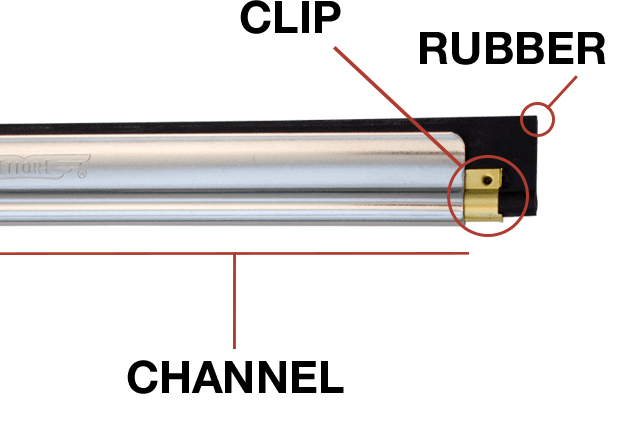
All About Scrapers For Window Washing
What Are Scrapers And Why Do You Need Them?
Scrapers, sometimes referred to as window scrapers, window cleaning razor, or window and glass scraper or blade, are an essential tool in a window cleaner’s tool belt. They easily remove paint, tape, stickers and construction debris like stucco or caulk from walls, windows, tiles, and glass.
Size
Scrapers for professional window washers are manufactured in multiple sizes to allow the window washer the best possible choice for a job. The 5 and 6-inch scraper tools are amongst the most popular, but they can be found in 3 and 4-inch sizes as well.
Replacement Parts
Replacement parts for a window cleaning scraper with blades consist of cover, blade and insert track. The cover is used to protect the blade from unnecessary wear or damage while also protecting the window cleaner from bodily harm. Blades, like scrapers, come in multiple sizes. Purchasing the correct size blade for your window scraper is essential. Blades will not work with a scraper that is not the same size. The blade is placed on the insert track, and this combination is slid into the head of the scraper. The insert track keeps the blade steady and secure within the scraper tool.
Angle Of Scraper
To help facilitate the ease of removing challenging debris, the head of a window scraper will be either flat, angled, or bent forward. These options allow the window cleaner to choose the best alternative for the job.
Special Features
Some professional window cleaning scrapers are unique in that they are adjustable or retractable. Professional scrapers that are adjustable allows the head to be maneuvered so that it can be flat or bent at an angle, letting the window washer choose which angle will work best at any moment. Retractable scrapers allow the blade to be retracted into the head of the scraper tool when not in use, bypassing the need for a cover.
SQUEEGEES: A GUIDE
IF THERE IS ONE TOOL THAT DEFINES A PROFESSIONAL WINDOW CLEANER, it’s certainly the squeegee. For over 100 years window cleaners have been able to clean quicker and better than those using towels to wipe the window clean. There is a surprising variety of squeegee options available, which can be intimidating when you are trying to make a purchasing decision. This guide will help you sort through the options so that you can decide what works best for you and make sure everything is compatible.
A SQUEEGEE IS MADE UP OF TWO PARTS: CHANNEL AND HANDLE. Channels come in a variety of lengths so that you can get the one that works best with your job. Most window cleaners have a variety of lengths on hand to handle different jobs. The handle holds the channel, and it the part of the squeegee you will grab and hold onto
YOUR CHANNEL HOLDS YOUR SQUEEGEE rubber, which wipes water off of the glass. It will have an extruded metal piece, the rubber, and usually a clip that holds the rubber in place (see clipless channels below). All of the channels that we sell include a rubber and, if applicable, clips.
ONE OF YOUR BIGGEST DECISIONS TO MAKE is what material you want your squeegee to be. Material is one of the biggest factors in how heavy your squeegee will be and how rigid your channel will be
BRAND SPECIFIC
Some brands such as Ettore and Unger have designed their handles to work better with their poles. The pole tip will have a locking mechanism that fits into the handle, securing it in place. The is a convenient feature, but you should note that these poles will still work with other brands of handles and these handles will still work with other brands of poles
Window Cleaning Made Simple
A clean window literally makes a difference in how you view the world. Here’s how to get them clean in just a few easy steps.
Washing windows doesn’t have to feel intimidating. With the right tools and these tried-and-tested tips, the process is quick and easy, and the payoff-that warm stream of morning sun pouring into your bedroom-totally worth the effort.
To start, gather all of your window-washing tools into one plastic or metal bucket (keep a second bucket on hand to mix cleaning solutions). Dirty panes are no problem when you use rubber-edged squeegees, which are quicker and more effective than cloth or newspaper. They come in a variety of sizes, and a screw-on extension will let you reach high spots.
Martha uses a squeegee and a homemade cleaning solution of water and powdered dishwasher soap to clean her windows. You can also make an all-natural window cleaning solution using a mixture of equal parts white vinegar and hot water. Adding a touch of liquid soap to the vinegar solution will help remove any streak-causing wax left on the window from commercial cleaners used in the past. You can eliminate the soap after a few washings. Once your cleaning solution is mixed, read on for the how-to.
For huge picture windows, professionals favor a method called the snake. Starting in an upper corner, pull the squeegee horizontally across the window. At the opposite corner, turn, lower the squeegee to the water line, then pull it across the window. Work your way down and touch up the edges with a cloth. Then, dry windowsills with a cloth.
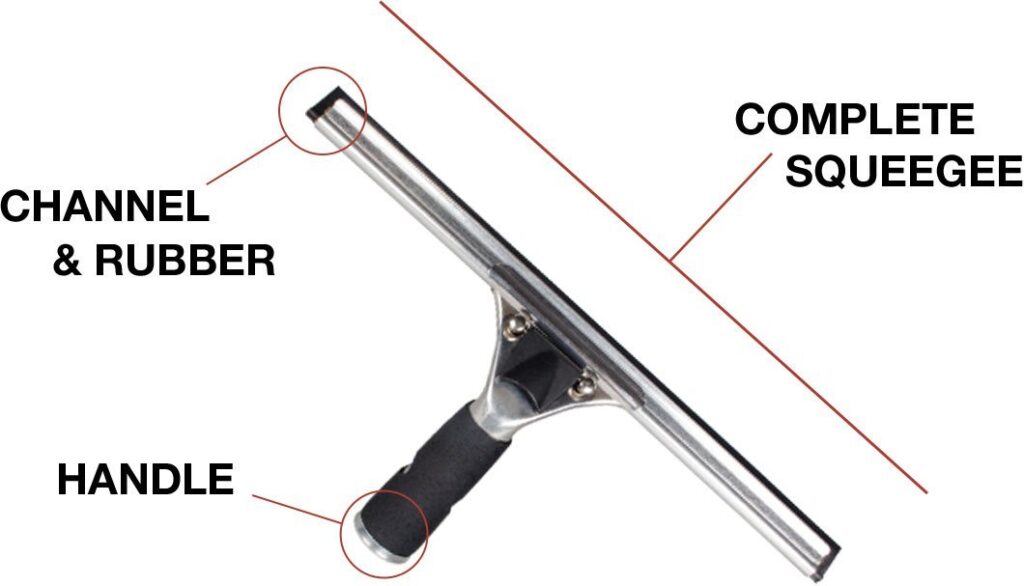
How Much Does Window Cleaning Cost?
Let’s face it: No one likes to wash windows. And if your house is two stories or taller, making your glass gleam again can be dangerous. That’s why it may be a good idea to hire a professional window cleaner.
Paying by the pane
Window cleaning generally is priced by the number of panes of glass. An ordinary double-hung window consists of two panes. The typical window washing cost runs from $2 to $7 per pane. Alternatively, some companies charge an hourly rate. We report paying an average of $266 for a full house window cleaning, which may include screens and doors.
For best results, it’s generally a good idea to have your windows cleaned twice every year. However, a number of factors, including whether many windows face the ocean, or your house is exposed to frequent storms, can affect how often your windows will need cleaning.
Although window cleaning may seem like a relatively straightforward job, there are variables that can affect the final cost:
How dirty is the glass? Dirtier windows generally require more tools and equipment, not to mention time.
Number of windows — The more that need washing, the more you can expect to pay.
Ease of access — Ladders, special tools and extra time may be required to clean some hard-to-reach windows.
Inside, outside or both? Selecting interior-only or exterior-only service may save you a little money today, but like most services, when you opt for a la carte pricing you pay more per service. If you think you’ll eventually want both, it’s best to get them done at the same time.
There can be extra charges for:
Screen cleaning, at 50 cents to $5 each, and sliding glass doors, which run $2.50 to $8 per door.
Cleaning windowsills and tracks; the cost can range from 50 cents to $5.
Paint or stain removal, which can cost $3.50 to $6 for a window of average size. Mineral deposit removal can cost up to $20 extra per pane if it’s not included in the company’s price.
Going up: The cost of window work on the first and second floors of a home is generally the same, but additional floors can cost up to $3 to $5 more for every window.
